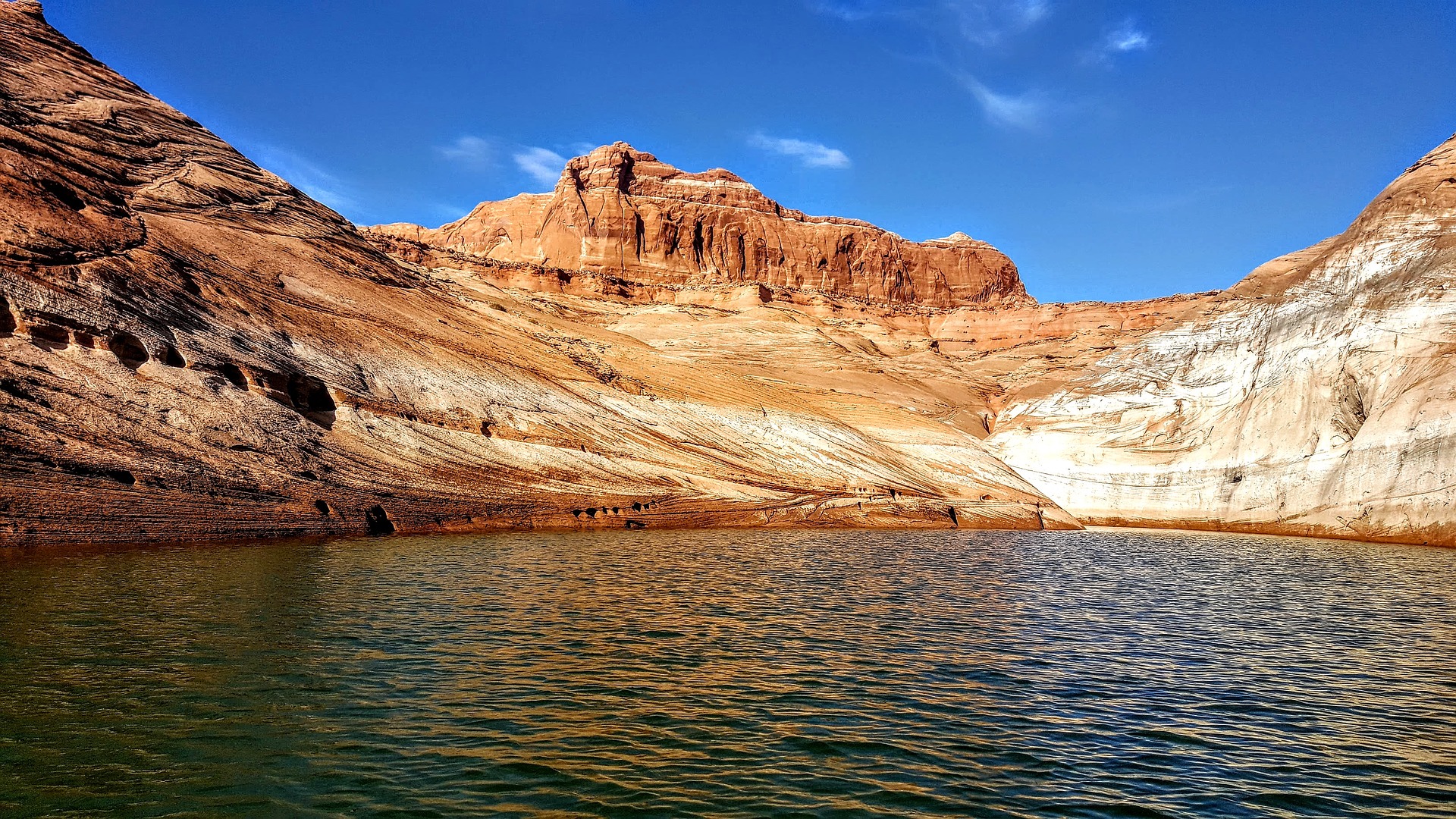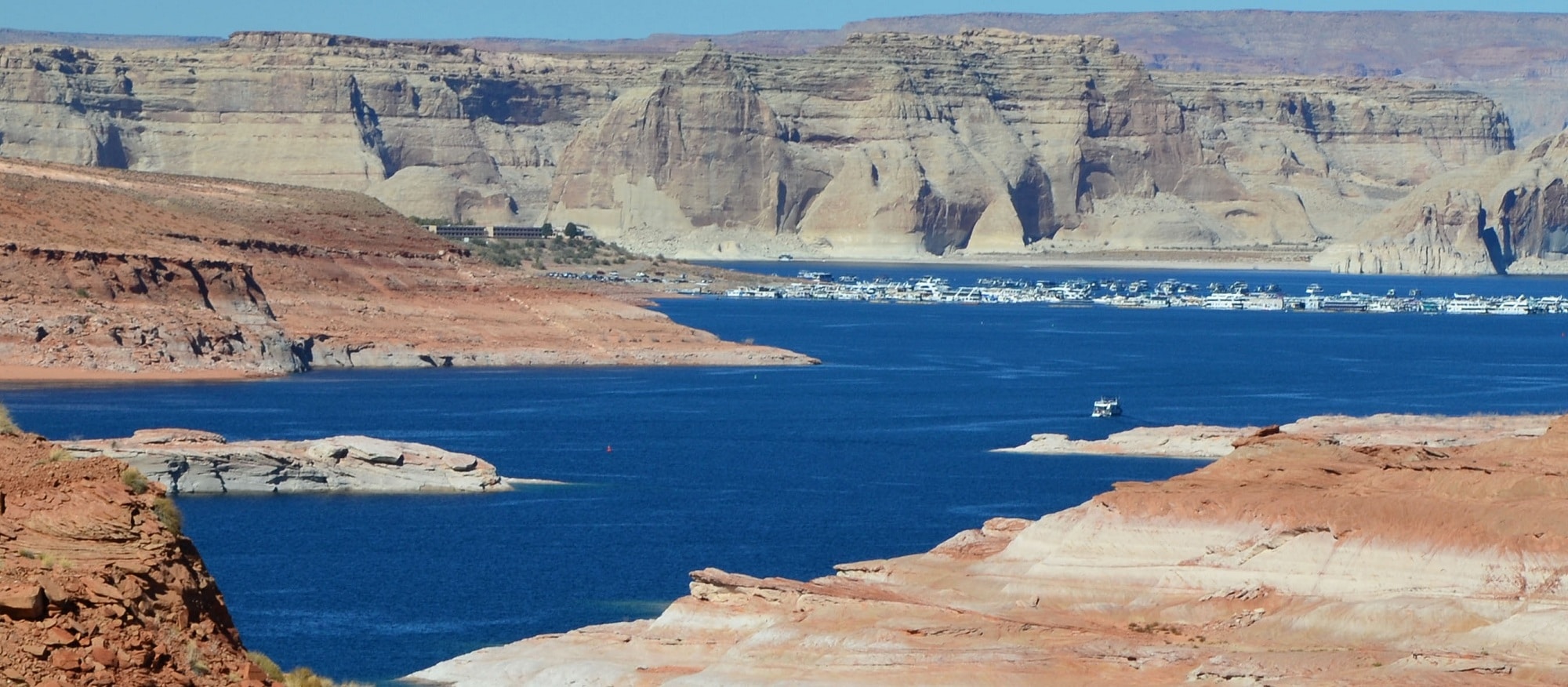
But some worry that efforts may fall short as states battle over whatever water is available – foreshadowing fights for resources that are only set to intensify as drought further grips the arid south-west.

The Bureau of Reclamation, the US federal agency that manages the Colorado River’s infrastructure, forecasts that even with significant proposed cuts to water allowances there is a 23% chance power production could halt at dam in 2024 due to low water levels and that it is within the realm of possibility that it will happen as soon as July 2023.Īs the lake vanishes, water managers are scrambling to find a solution, including an unprecedented conservation order. If the lake drops just another 32ft, the dam will no longer be able to generate power for the millions who rely on it.īob Martin, the deputy power manager at the Glen Canyon dam. In March, water levels fell below 3,525 feet – considered a critical buffer to protect hydropower – for the first time.

Lake Powell is also a major source of hydropower: the vast pressure of the Colorado River traveling through the Glen Canyon dam’s 15-foot pipes, which spins turbines and then powers eight generators, produces cheap and clean energy for as many as 5.8 million homes and businesses across seven states.īut dwindling water levels at Lake Powell, which is now at 28% of its 24m acre-feet capacity, have put the Glen Canyon dam at risk. At the epicenter of this slow-burn environmental disaster embroiling the US south-west is Lake Powell, an artificial reservoir on the Colorado River created through the flooding of Glen Canyon in 1963.Īlongside Nevada’s Lake Mead, Powell is one of the two largest reservoirs in the nation, holding 24m acre feet of water and spanning the Arizona-Utah border, and together they provide a vital water supply to a combined 40 million people in the south-west.


 0 kommentar(er)
0 kommentar(er)
